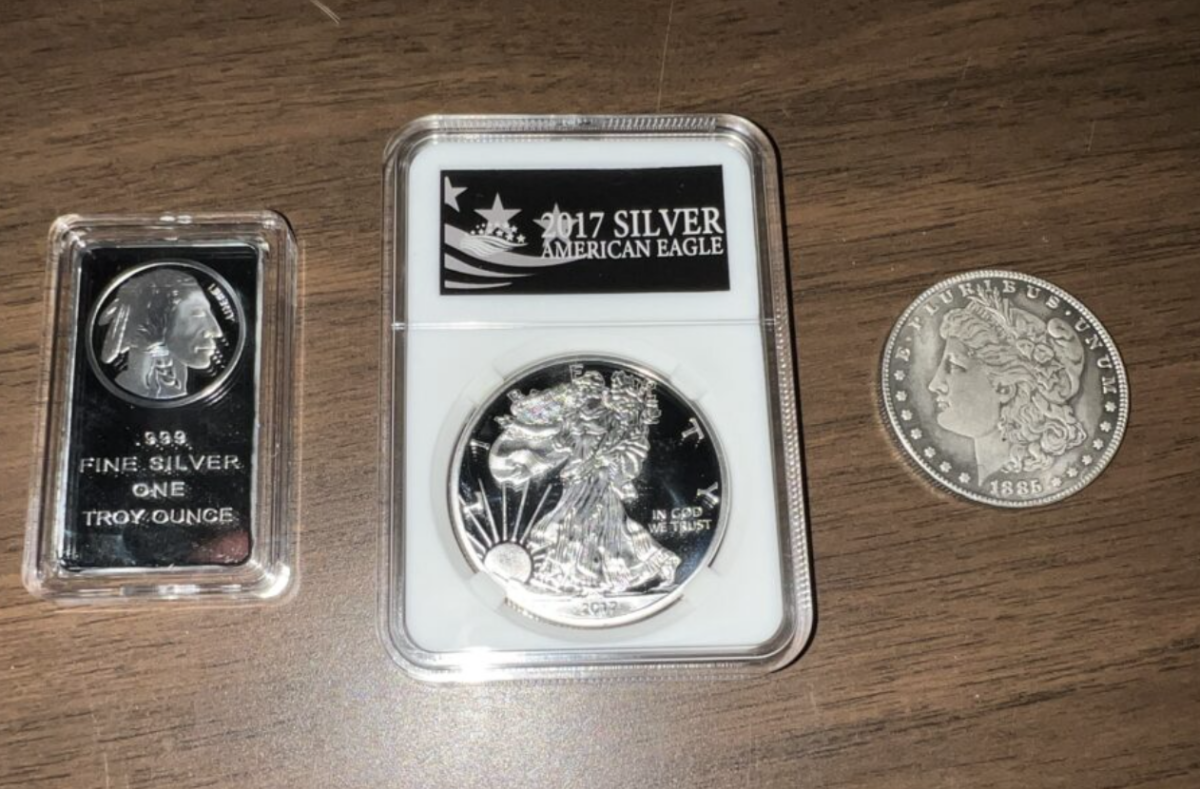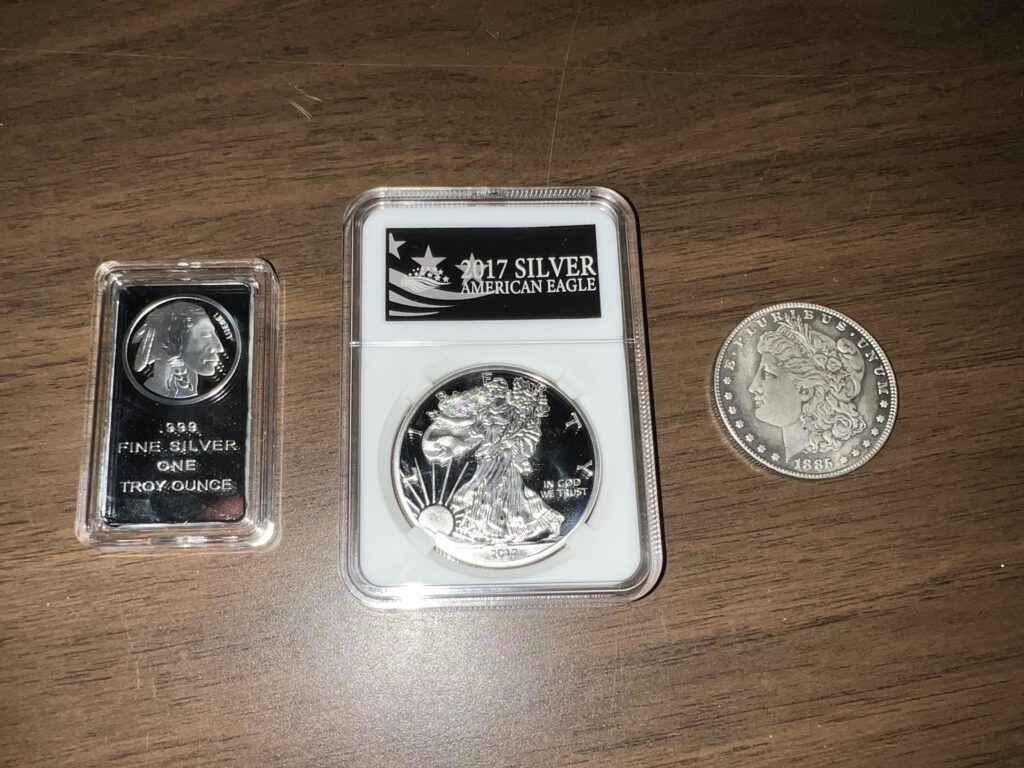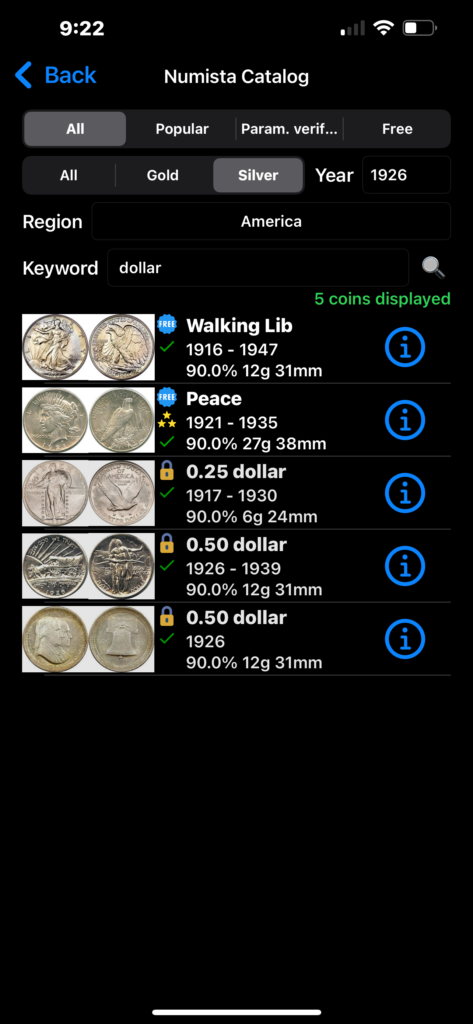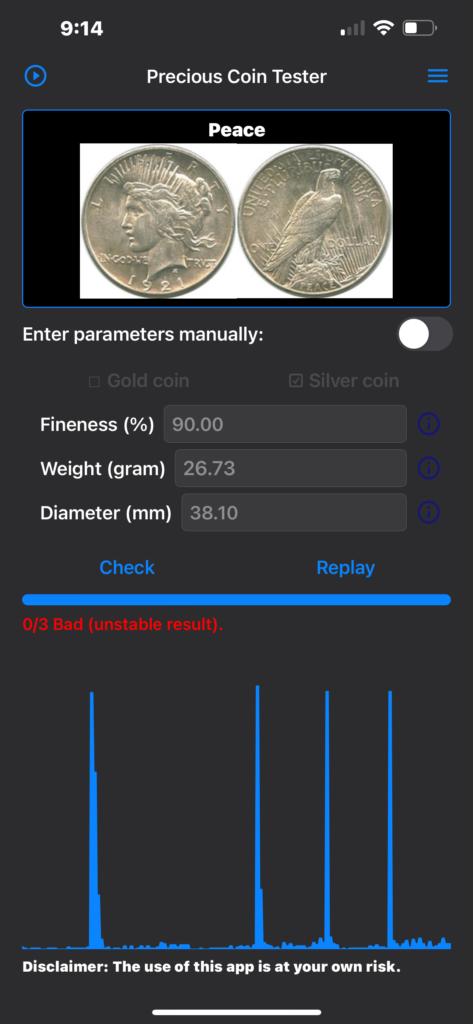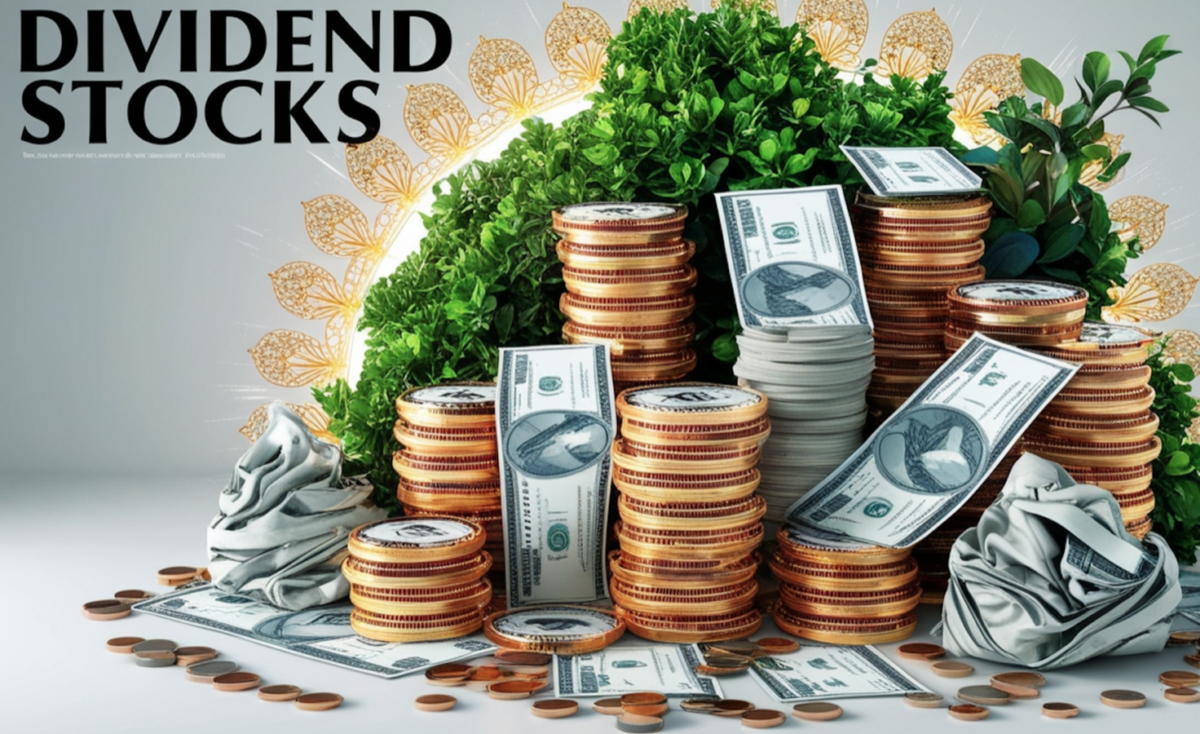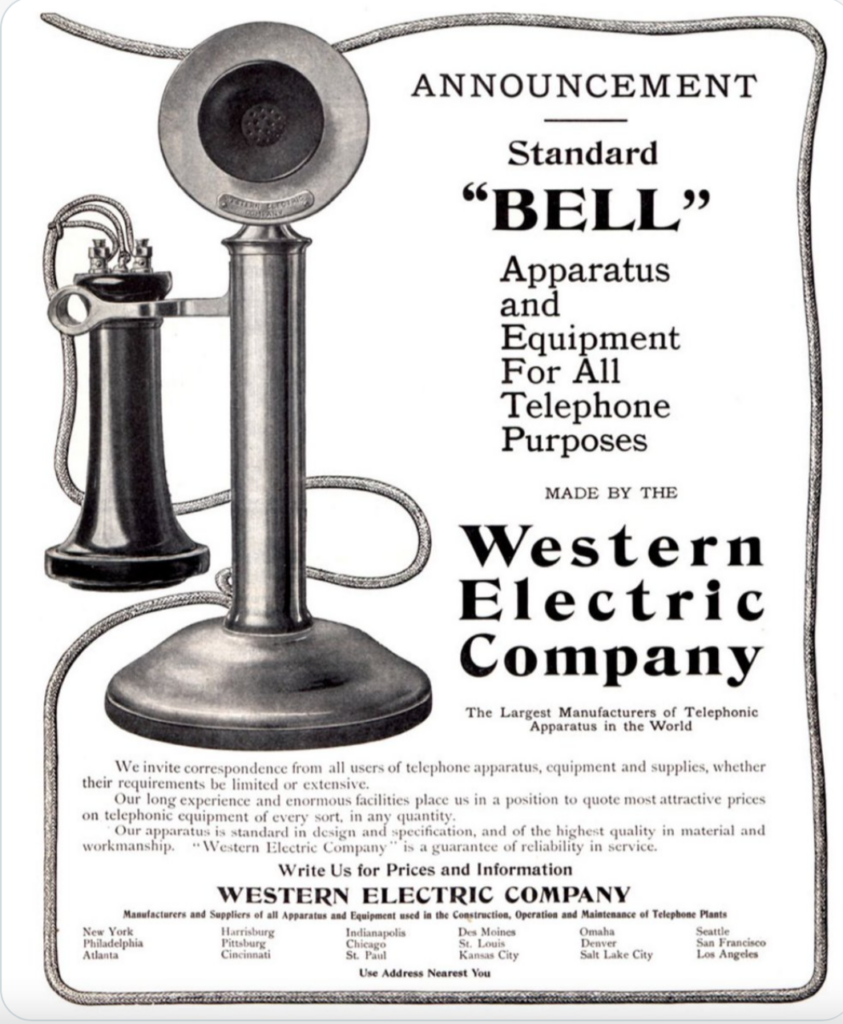by Fred Fuld III
Rare earth elements (REEs)—also sometimes called rare earth metals, rare earth minerals, or strategic metals—are a group of 17 chemically similar elements that have become critical to modern technology. Though not truly rare in terms of Earth’s crust abundance, they are rarely found in economically exploitable concentrations, and their extraction and refinement are complex and environmentally challenging.
These metals are indispensable in the production of high-tech devices, renewable energy technologies, defense systems, and advanced manufacturing. With rising global demand for electric vehicles, wind turbines, smartphones, and military hardware, the strategic importance of rare earth elements has surged.
This growing demand, coupled with supply chain vulnerabilities—particularly the concentration of production in China—has prompted investors to take a closer look at rare earths as a potentially lucrative sector.
| Returns: Most Commonly Traded REEs versus Gold and Silver | |
| Dysprosium | 31.47% |
| Neodymium | 47.23% |
| Praseodymium | 32.06% |
| Terbium | 196.91% |
| Gold | 98.40% |
| Silver | 76.60% |
Source: strategicmetalsinvest.com
Below is an overview of the 17 rare earth elements, each with a brief description of their industrial applications:
1. Scandium (Sc)
Scandium is used primarily in aerospace components and sports equipment. When alloyed with aluminum, scandium enhances strength, corrosion resistance, and weldability, making it ideal for lightweight structural components. It also finds application in solid oxide fuel cells and high-intensity lamps.
2. Yttrium (Y)
Yttrium is key in producing red phosphors for color television and LED screens. It is also used in superconductors, cancer treatment (radioisotope therapy), and ceramic materials that withstand high temperatures, including in jet engines.
3. Lanthanum (La)
Lanthanum is used in camera and telescope lenses for its optical clarity, as well as in batteries—especially nickel-metal hydride (NiMH) batteries used in hybrid vehicles. It also plays a role in refining crude oil by acting as a catalyst.
4. Cerium (Ce)
Cerium is the most abundant rare earth and is widely used in catalytic converters, glass polishing powders, and UV filters. It is also involved in fuel cells and in stabilizing ceramics for advanced manufacturing.
5. Praseodymium (Pr)
Praseodymium is used to produce strong permanent magnets when alloyed with neodymium. It’s also used in aircraft engines, studio lighting, and to color glass and enamel green.
6. Neodymium (Nd)
One of the most commercially valuable rare earths, neodymium is crucial for making powerful magnets used in electric motors, wind turbines, headphones, and hard disk drives. These neodymium-iron-boron (NdFeB) magnets are essential for many green technologies.
7. Promethium (Pm)
A radioactive element, promethium has limited but specialized uses, including in nuclear batteries and luminous paint. Its scarcity and radioactivity make it less commercially widespread but potentially important for niche energy applications.
8. Samarium (Sm)
Samarium is used in high-strength magnets that can withstand higher temperatures than neodymium magnets. It also plays a role in nuclear reactors and cancer treatment through samarium-153, a radioactive isotope used in targeted therapy.
9. Europium (Eu)
Europium is essential for producing red and blue phosphors in televisions and LED lighting. It’s also used in anti-counterfeiting applications such as Euro banknotes and high-security identification cards.
10. Gadolinium (Gd)
Gadolinium is widely used as a contrast agent in MRI scans due to its magnetic properties. It’s also used in neutron capture applications in nuclear reactors and in specialized alloys for electronic components.
11. Terbium (Tb)
Terbium is used in green phosphors for color displays and energy-efficient lighting. It also enhances the performance of magnets and is used in solid-state devices and fuel cells.
12. Dysprosium (Dy)
Dysprosium is used to improve the performance of high-temperature magnets, making it crucial for electric vehicles and wind turbines. It’s also used in nuclear reactor control rods due to its ability to absorb neutrons.
13. Holmium (Ho)
Holmium has the highest magnetic strength of any element and is used in nuclear control rods and magnetic flux concentrators. It’s also used in certain types of lasers and solid-state computing.
14. Erbium (Er)
Erbium is used in fiber optic communication systems as a signal amplifier, in lasers for dermatology and dentistry, and in alloying with metals to improve strength.
15. Thulium (Tm)
Thulium is rare and expensive, used primarily in portable X-ray machines and lasers. Its isotope, Tm-170, is a radiation source for medical applications.
16. Ytterbium (Yb)
Ytterbium is used in stainless steel production, as a doping agent in fiber optics, and in earthquake monitoring equipment due to its sensitivity to stress and strain.
17. Lutetium (Lu)
Lutetium is the rarest and most expensive of the rare earths, used in positron emission tomography (PET) scan detectors, catalysts in petroleum refining, and specialized medical treatments.
Investment Potential and Market Considerations
Investing in rare earth elements presents both opportunities and risks. The increasing demand for high-tech and green energy applications makes these metals a long-term strategic asset. Governments, especially in the U.S., EU, and Japan, are investing in rare earth supply chains to reduce dependence on China, which currently controls over 80% of global production. This geopolitics-fueled movement could benefit mining companies outside China, especially those in Australia, Canada, and the U.S.
Rare earth investments can take several forms: direct investment in mining stocks, rare earth ETFs, or companies that manufacture rare-earth-based technologies. However, the market is highly volatile, subject to geopolitical tensions, environmental regulation, and technological shifts. Investors should be aware of these factors and consider diversification within the broader strategic metals space.
Rare Earth Mining Companies
There are a few companies involved in the mining of REEs. Unfortunately, most are not generating positive earnings and have very low market caps. Most trade Over-the-Counter.
Australian Strategic Materials (ASMMF) is a West Perth, Australia based mining company. The stock has a market cap of $37 million, and is selling at 39% of book value. It is currently generating negative earnings. It recently generated $4.16 in revenues, has $32.6 million in cash, and $16.8 million in debt.
Energy Fuels Inc. (UUUU) is a United States based producer of rare earth elements and uranium. The stock has a market cap of $725 million, and is selling at close to book value with a P/B ratio of 1.37. It is currently generating negative earnings. This debt free company has $119 million in cash.
Aclara Resources (ARAAF) is involved in mining magnetic rare earths. The stock has a market cap of $81 million and is selling at 63% below book value. It is currently generating negative earnings.
American Rare Earths (ARRNF) is a Sidney, Australia based mining company. The stock has a market cap of $81 million. It is currently generating negative earnings.
Arafura Rare Earths (ARAFF) is another Australia based mining company. The stock has a market cap of $236 million. It is currently generating negative earnings.
In conclusion, rare earth elements are small in atomic weight but mighty in influence. Their industrial indispensability, coupled with growing geopolitical awareness and technological reliance, makes them a compelling—if complex—investment opportunity in the 21st century.




